Dehydrated Food – What’s the Hype?
When you become familiar with dehydrated food options, chances are you’ve only encountered it adventuring outdoors. From what we’ve heard, read and experienced ourselves out in the bush, these options can be over-salted, bland or they just don’t compare to a fresh, homemade meal. We hope to change that!
Dehydrated food shouldn’t be looked at as “the foods I like, but dry”. Sometimes, dehydrating foods can create a totally different experience, the likes of which you’ve never imagined. Some examples? Beef jerky, fruit rollups, or dried fruits, which turn into tasty, chewy snacks. We even use our surplus of fresh herbs to dry out and incorporate into things like popcorn seasoning, and no-bake croutons!
ENJOY A SHORT GROWING SEASON YEAR-ROUND
This unique alternative to fresh food allows people like us in Nova Scotia (a place with limited growing seasons) to shop locally, and in-season, and enjoy these foods all year long! To add to this, the shelf life of dehydrated foods is comparable to most standard shelf products (flours, dried soup mixes, etc.), so you’ll rarely see any dehydrated foods go to waste. Though we recommend consuming our meals by 6 months (just to be safe), you can stock up on these foods for emergency situations, travelling, or adventuring. Most dried foods can be kept on the shelf, and therefore easily shipped to those with less access to fresh, nutritious food.
WHAT ABOUT NUTRITION?
Surely, we aren’t getting much nutrients if the food is dehydrated? Not true! Though naturally there will always be some leeching of nutrients when altering food from its original state, dehydrated food uses a very low, slow cooking method which allows for almost maximum retention of any fatty acids, minerals, enzymes, most vitamins, and antioxidants. Did you know that your vegetables and fruits can lose up to 50% of their nutrient content within just a few days of refrigeration? May as well dehydrate!



